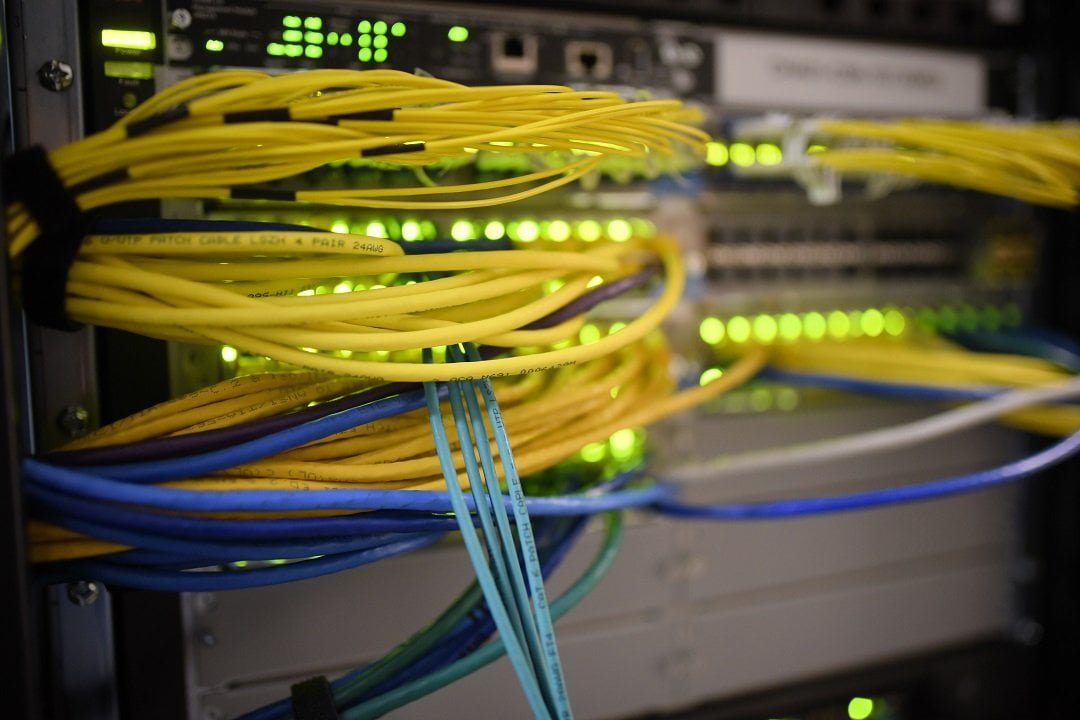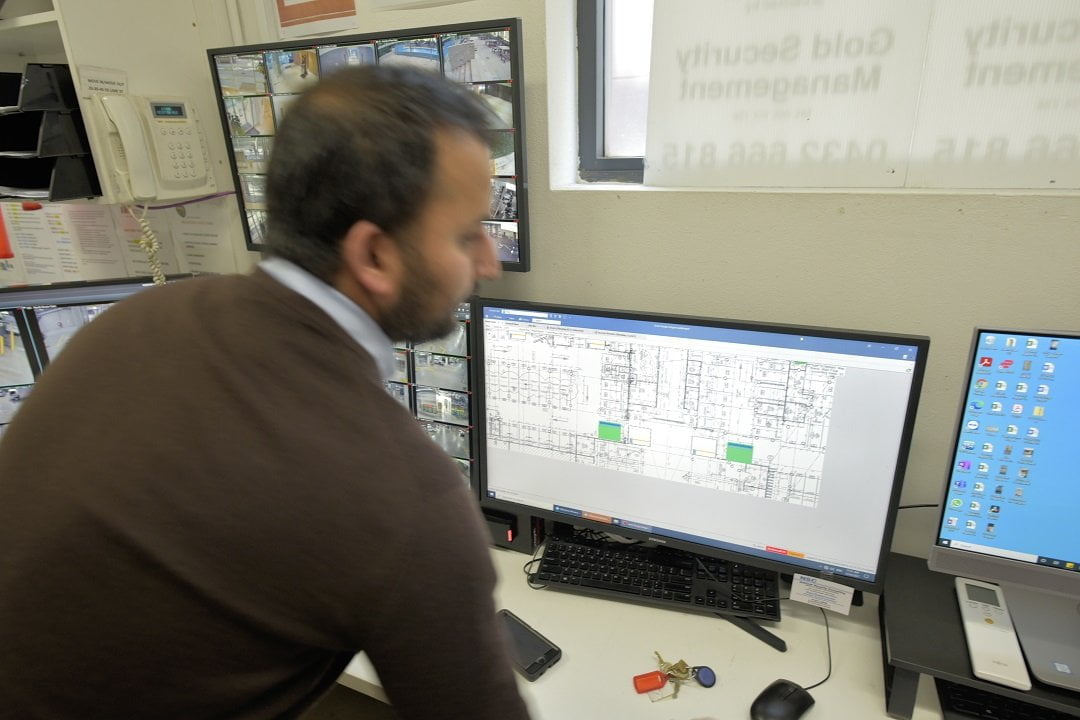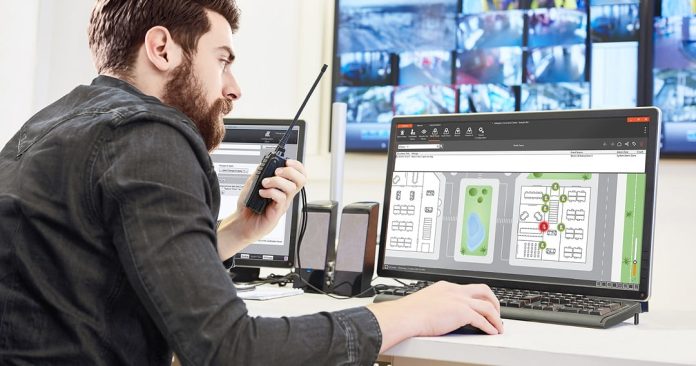Situational awareness is an ongoing moment of synthesis that allows security operators to entirely comprehend the situation on their site – security posture, threat and response – in real time. But there’s no point pretending situational awareness is not easier to say than it is to achieve.
Regardless of the challenges, it is possible to approach situational awareness on a site. The ability to integrate data from CCTV, security, power, fire, utility and subsystems at a single workstation, with site state represented on a layered and icon-powered map gives security managers and security operators a profound overview. The best security management solutions take the level of detail to the extreme, allowing generation of reports that can include staff and asset location that can include CCTV footage.
But situational awareness means different things to different users that are unlikely to mesh with the claims of manufacturers and distributors. In SME applications, it might mean knowing the system is armed/disarmed and being able to view live video. In high security applications, situational awareness depends on the depth of integration of related systems and the SMS, VMS or PSIM that’s being used to manage the site.
Key to situational awareness is going to be clever integration from a capable and inventive security integrator, a clear plan with operational goals firmly in mind, and a willingness to spend large amounts of money to ensure connectivity and intranet and LAN security can be established and maintained. While the value of situational awareness varies depending on a site’s risk and operational profile, there’s much to gain.
According to Gallagher’s Mike Margrain, situational awareness in a security management platform allows operators to respond appropriately and in a timely manner by ensuring they’re presented with the most relevant information for the situation at hand, in an intuitive way.
“A user interface designed from the ground up not only ensures improved responses through reduced cognitive load, but also reduces training requirements through a tailored and simplified user experience,” explains Margrain.
From the perspective of end users, it can be hard to establish the most important element of achieving situational awareness – establishing the lead technology. Is it video surveillance, alarms and access, or is it a management solution capable of global synthesis of anything and everything? Or is it something else?
“The answer to this question depends on the requirements of the end-user,” says Margrain. “There are many variables to consider including the different needs of a particular site or even how an individual will be using the system. The system should be flexible enough to be configured to meet a site’s needs in a way that is easy and cost effective to achieve.
“Furthermore, the system needs to be adaptable enough to easily evolve as those needs change over time. Simple alarm response instructions to adhere to operating procedures may suit one customer, while another may benefit from proactive notifications, mobile guard actions, or a myriad of integrated systems.
“I always suggest open engagement between the integrator and the system manufacturer to reach the best outcome. By first understanding a customer’s unique business challenges, it provides the best platform to design a solution that will effectively address their needs and goals.”

Margrain argues that interactive mapping and real time event reporting with video can be the key to situational awareness.
“If operators are familiar with the physical layout of a site or have graphically represented functions that provide a more effective user experience, interactive mapping becomes a great part of system management,” he explains. “It’s helpful to make this context-sensitive based on the event or alarm at hand to automatically present the user with relevant maps and functions.
“If the site has video devices which can provide insights on an incident or assist with a response decision, these should also be integrated into the user interface and displayed to the user without additional actions. Automating these displays and presenting only what is necessary to understand an event and respond to it, improves the overall security management of the site.”
Also important is ensuring that situational awareness be in lockstep with security procedures, according to Margrain.
“Designing a system based on the intended operational procedures for a given event will ensure that operators can respond appropriately and in a timely fashion,” he says. “A user interface should dynamically present the relevant information for each event or task and be further tailored to the type of user sitting in front of the screen.
“This means the operator will have what they need to make a decision without needing to seek supporting information and results in operators intuitively following the organisation’s procedures for that event as the system presented it to them in that way.”
Cost is a major consideration and while it’s easy for small users to write off situational awareness as the goal of big sites only, things are not as straightforward as that. In many smaller applications, good system choice and clever design goes a long way.
“A security system developed with a customer’s goals in mind will allow situational awareness to be accessible to all operators of any sized site,” argues Margrain. “At Gallagher, we pride ourselves on something we call ‘brilliant simplicity’ to ensure that complex and secure solutions are presented in ways that can be easily configured and used by any end-user, from an entry level through to large, complex systems.”
Does the universality of situational awareness mean security integrators should have a situational awareness focus as they plan systems?
“Absolutely,” says Margrain. “When it can be so simple to tailor the user experience to the needs of a given site and doing so delivers a more effective solution to that customer, there’s no reason to not configure a system in that way.”
How integral to situational awareness will video and data analytics be in the future, according to Margrain?
“Video analytics has improved a lot in recent years and that trend will surely continue,” he says. “Security operators can often make more appropriate and timely decisions when presented with information from multiple systems in an integrated environment, rather than relying on a single piece of information. In many cases, this means video (including analytics) may complement data coming from other systems.
“Giving an operator a ‘single pane of glass’ to easily review that data will evidently become more commonplace. Security management systems that have a proven track record of integration and achieve situational awareness across multiple video systems, without requiring extensive subsystem operator knowledge, should therefore be at the forefront during manufacturer selection.”

Margrain agrees that systems in the future could automate significant monitoring capability based on AI/deep learning, making situational awareness more streamlined, economical and pervasive.
“We’re seeing more of that being discussed in our industry,” he says. “That being said, AI is a very broad topic and a term that gets used rather loosely. Machine learning generally requires a lot of data to be effective on its own. When using AI for safety or security, it’s important to ensure automated logic is not making the wrong decisions or creating ineffective ‘noise’.
“As it improves, we’ll start to see more of this technology being used to flag potential risks or other information that warrant further inspection by a human. Commonly, this will relate to intelligent preventative maintenance or unusual site activity that might indicate a breach. To support outcomes like this, a system should have a proven track record in the secure storage of system data and have APIs to consume it. Without the data itself, there can be no machine learning.”
Margrain says the importance of response procedures to any security management solution depends on the site and the event or incident the operator is dealing with.
“Some actions may not require special handling, however, if an organisation has decided that certain procedures should be followed for some events, they should ensure their security management system can support those instructions and the optional enforcement of response notes from their operators,” he explains. “This type of configuration should be achievable by the end-users themselves, without any costly engagement from others.”
Will humans always be involved in integrated solutions that strive to deliver situational awareness?
“In some scenarios it’s important that training, experience, and discretion are all utilised to make sound judgement on an action,” Margrain says. “However, technology and integrated systems will continue to improve to help people make better decisions, faster. As technology improves, we’ll see quicker response times because the data is reliable enough for a system to trigger an automatic outcome.
“The key here is to understand the technologies being utilised and the individual risks posed to a given site or its personnel. A good security management system will give the end-user the ability to tailor any event, or combination of events, from integrated systems to determine whether the result should be entirely automated or requires input from a human operator. As the supported technologies that provide that data improve, configuration can adjust these actions without replacing an entire system.”
#sen.news









